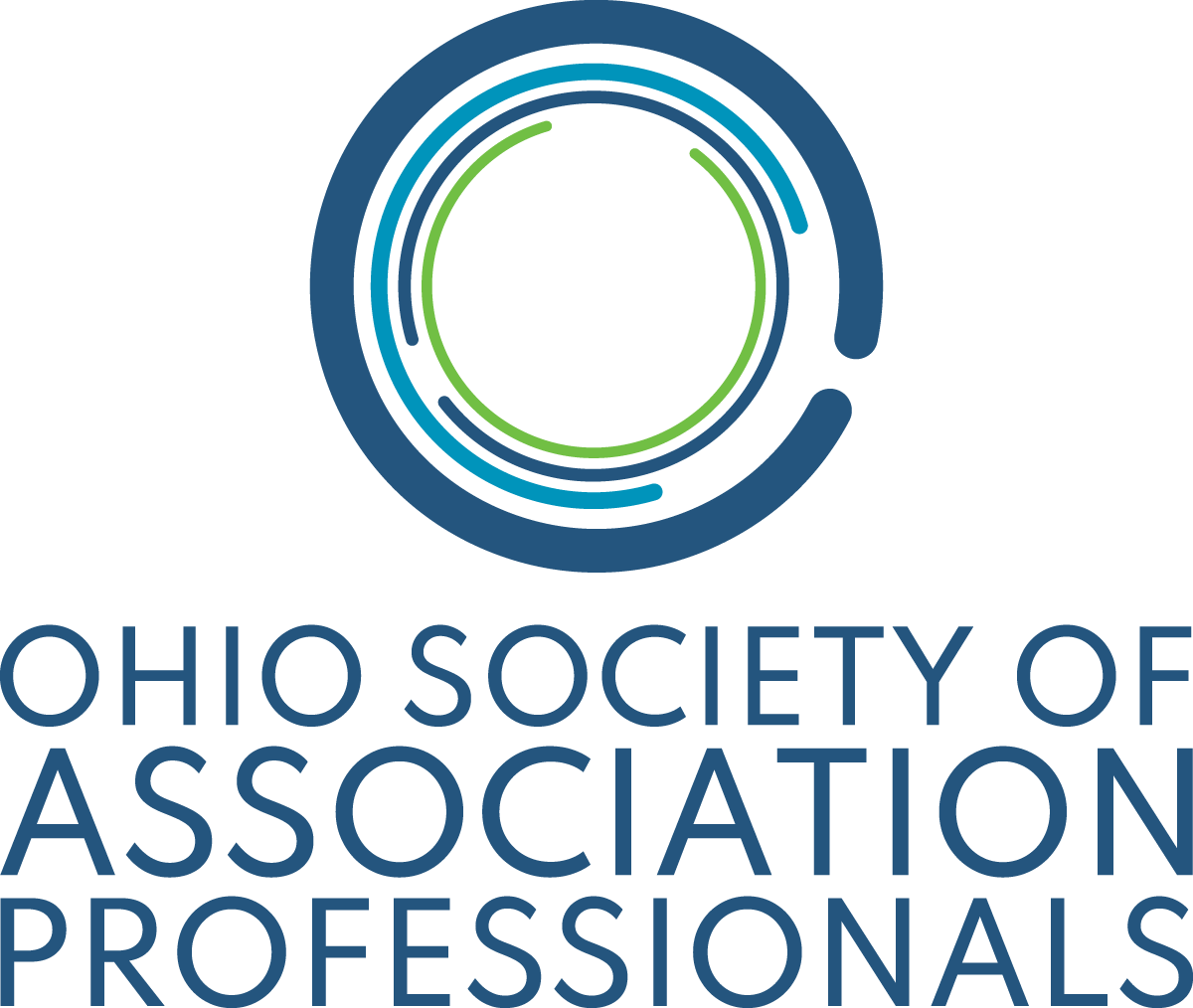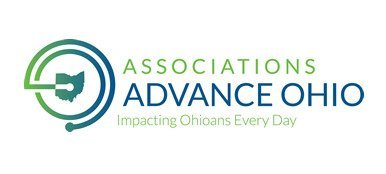Complete Story
10/24/2024
How to Conduct a Workplace Harassment Investigation
Follow these steps when conducting internal investigations
In 2023, the EEOC reported more than31,000 claims of harassment. Of those claims, slightly more than 7,000 were sexual harassment with the remaining based on characteristics “other than sexual.” Harassment in the workplace impacts more than just the individuals in the situation – these conflicts (and how leadership responds) can significantly impact both the culture and the reputation of the company. You must be prepared to quickly respond to harassment claims to protect both your employees and the company as a whole. To do so, you must have well-known reporting policies and easily implemented workplace harassment investigation procedures.
Importance of the Right Policies and Training
The first element to consider is to ensure policies and procedures are in place, clearly communicated to employees, and are consistently applied across your organization. When a situation escalates out of an employee’s control, it’s key for them to know how to react, how to report, and who to contact. Employee training can aid in this process by not only providing information on the policy, but by educating your team on what harassment is and how to effectively handle uncomfortable situations in the workplace.
It can be challenging to uncover the details, key players, and facts in a workplace harassment investigation. It requires an experienced and savvy interviewer to avoid risk and to provide fair and just outcomes. So, what steps are important when conducting internal investigations?
Please select this link to read the complete article from OSAP member Clark Schaefer Strategic HR.






